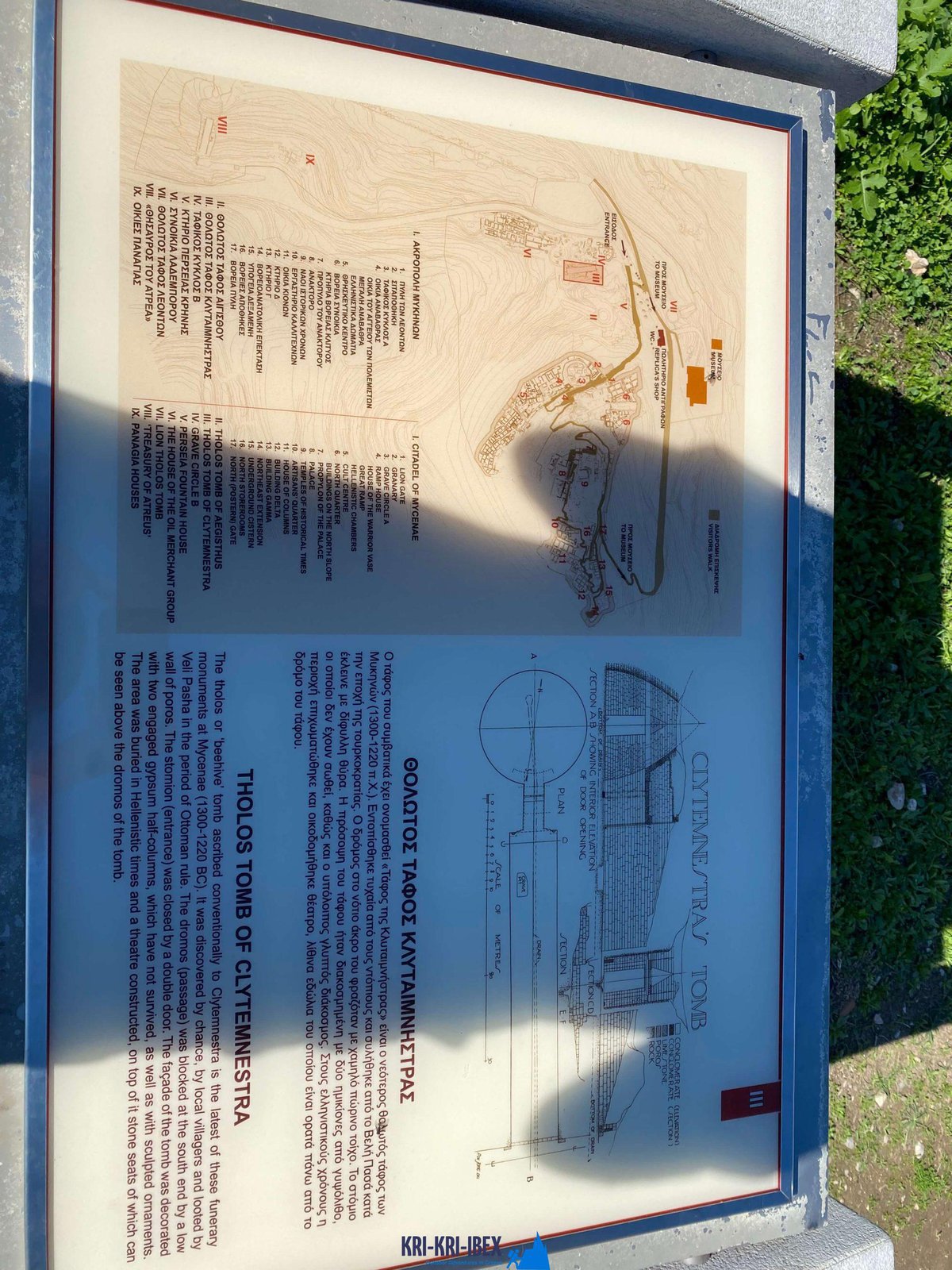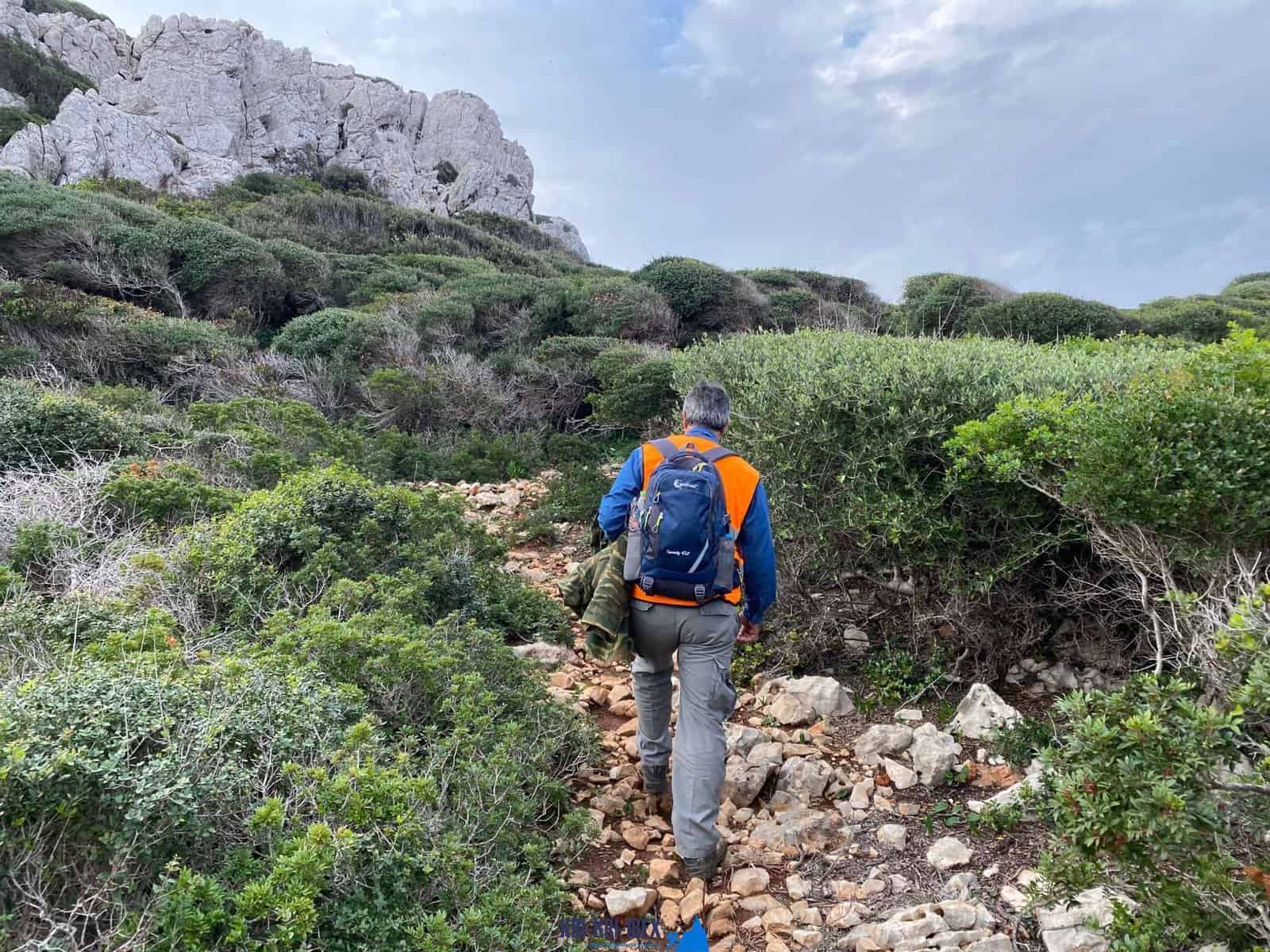Hunting as well as free diving, angling on the Greek islands
Hunting as well as free diving, angling on the Greek islands
Blog Article

The ibex hunt is an incredible getaway as well as amazing searching exploration in Greece. It is not constantly a hard quest as well as unpleasant conditions for the majority of seekers. What else would you such as to desire for during your tour of ancient Greece, diving to shipwrecks, as well as searching for Kri Kri ibex on an unique island for 5 days?

Hunting the kri kri ibex in Greece can be a difficult endeavor. Searching large game in Greece is challenging for international seekers. Wild boars and roe deer are the single alternative for local hunters besides the kri kri ibex, which is only pursued in thoroughly guarded unique searching areas such as certain islands. The Kri Kri Ibex and also mouflon can just be shot on unique hunting areas from morning till noon, according to Greek legislation. Slugs are the only ammo permitted. You have to book at the very least a year ahead of time for a permit. To make sure that only significant hunters are permitted on these journeys, the Greek Ministry of Nature and also Agriculture concerns licenses. To make certain that the government problems a particular number of licenses annually.
What to Expect on a Peloponnese Tour? When you reserve among our hunting as well as visiting Peloponnese Tours from Methoni, you can anticipate to be blown away by the all-natural charm of the location. From the excellent coastlines to the mountains as well as forests, there is something for everybody to appreciate in the Peloponnese. Furthermore, you will certainly have the opportunity to taste some of the very best food that Greece has to provide. Greek cuisine is renowned for being fresh as well as tasty, and you will definitely not be disappointed. One of the very best parts about our scenic tours is that they are developed to be both fun as well as educational. You will find out about Greek history and also culture while also getting to experience it firsthand. This is a remarkable chance to submerse yourself in everything that Greece needs to supply.
There is really something for everyone in the Peloponnese peninsula. Whether you want background as well as society or nature and also outside tasks, this is a perfect location for your next getaway. If you are short promptly, our searching and visiting Peloponnese Tours from Methoni is a terrific means to see everything this breathtaking area needs to offer.And last but not least, your Kri Kri ibex trophy is waiting for you.
What is the diference between Kri Kri ibex, Bezoar ibex and hybrid ibex
The kri-kri is not thought to be indigenous to Crete, most likely having been imported to the island during the time of the Minoan civilization. Nevertheless, it is found nowhere else and is therefore endemic to Crete. It was common throughout the Aegean but the peaks of the 8,000 ft (2,400 m) White Mountains of Western Crete are their last strongholds–particularly a series of almost vertical 3,000 ft (900 m) cliffs called ‘the Untrodden’—at the head of the Samaria Gorge. This mountain range, which hosts another 14 endemic animal species, is protected as a UNESCO Biosphere Reserve. In total, their range extends to the White Mountains, the Samaria National Forest and the islets of Dia, Thodorou, and Agii Pandes.
This Ibex is NOT a diminutive form of the Bezoar Ibex, which has migrated into the western-most reach of the range of this species. The kri – kri (Capra aegagrus cretica), sometimes called the Cretan goat, Agrimi, or Cretan Ibex, is a feral goat inhabiting the Eastern Mediterranean, previously considered a subspecies of wild goat. The kri-kri has a light brownish coat with a darker band around its neck. It has two horns that sweep back from the head. In the wild they are shy and avoid tourists, resting during the day. The animal can leap some distance or climb seemingly sheer cliffs.
“The agrimi goat Capra aegagrus cretica is unique to Crete and its offshore islands. It has been identi®ed as a sub-species of the wild bezoar goat Capra aegagrus aegagrus Erxleben, 1777, which it closely resembles in horn shape, body form and coloration. This classi®cation has been disputed by some researchers who claim that the agrimi are feral goats, derived from early domestic stock brought to the island by the ®rst Neolithic settlers. In order to clarify this issue, DNA analyses (cytochrome b and D loop sequences) were carried out on tissue of live and skeletonized agrimi and compared to sequences of wild and domestic caprines. Results conclusively show the agrimi to be a feral animal, that clades with domestic goats (Capra hircus) rather than with wild Asiatic bezoar. This study demonstrates that morphometric criteria do not necessarily re¯ect genetic af®nities, and that the taxonomic classi®cation of agrimi should be revised.”
Report this page